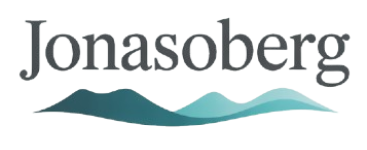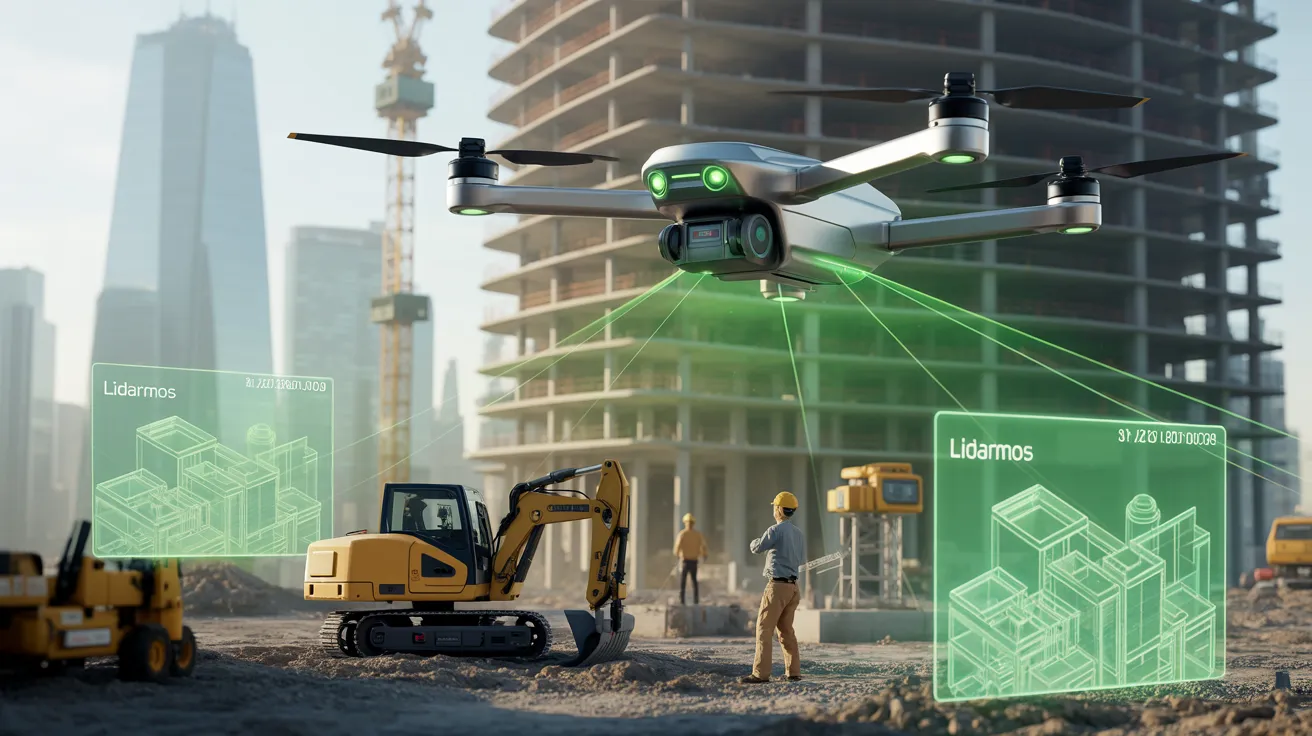Table of Contents
In recent years, technology has advanced significantly in the field of mapping and navigation, with LIDAR (Light Detection and Ranging) technology leading the charge. One of the standout systems that leverage this technology is LidarMOS (Lidar Mapping and Operating System), a cutting-edge platform designed to enhance the accuracy, efficiency, and versatility of LIDAR-based mapping and autonomous systems.
In this blog, we’ll explore what LidarMOS is, how it works, its applications, and the impact it’s having on various industries.
What is LidarMOS?
LidarMOS is a comprehensive mapping and operating system that uses LIDAR technology to create detailed, high-resolution 3D maps of the environment. Unlike traditional GPS or cameras, LIDAR uses laser pulses to scan the surroundings, allowing it to accurately measure distances and produce a precise digital representation of objects and terrain.
The key feature of LidarMOS is its ability to integrate data from LIDAR sensors with real-time operating systems, enhancing the mapping process by providing deeper insights into the environment. This integration ensures that the system can operate autonomously, making decisions and updates as it processes new data.
Read also: Chóim24h
How Does LidarMOS Work?
LidarMOS operates by emitting laser pulses from a sensor, which then bounce off objects and return to the sensor. By measuring the time it takes for the light to return, the system can calculate the exact distance to objects. The result is a highly detailed 3D point cloud that provides an accurate representation of the surroundings.
The system combines the LIDAR data with sophisticated algorithms and real-time operating systems to process and analyze the data. This enables LidarMOS to perform tasks like:
- Mapping Terrain: It can create high-resolution topographical maps for geographic surveys.
- Obstacle Detection and Avoidance: In autonomous vehicles, LidarMOS helps detect and avoid obstacles, enhancing safety.
- 3D Modeling: It can generate 3D models of buildings, cities, and even entire landscapes for urban planning or construction.
Applications of LidarMOS
LidarMOS is a versatile system with a wide range of applications across different industries. Here are some of the most notable uses:
Autonomous Vehicles
One of the most well-known applications of LidarMOS is in autonomous vehicles. LIDAR sensors powered by systems like LidarMOS enable self-driving cars to understand their surroundings in real-time, detecting objects, pedestrians, and other vehicles with incredible precision. This technology allows for safer navigation by providing highly detailed 360-degree views of the vehicle’s environment.
Geographic Mapping
LidarMOS is extensively used in geographic mapping and surveying. Its ability to create accurate 3D maps makes it ideal for topographic surveys, flood modeling, and disaster relief planning. This is particularly beneficial in remote or hazardous locations where traditional surveying methods may be too dangerous or inefficient.
Agriculture
In precision agriculture, LidarMOS is used to create detailed maps of crops and terrain. By integrating LIDAR data with other sensor information, farmers can monitor crop health, optimize irrigation, and manage resources more efficiently. The precision of the technology ensures that even minor changes in soil and plant health are detected, providing farmers with the insights they need to improve crop yield and reduce waste.
Construction and Urban Planning
In construction and urban planning, LidarMOS is used to generate 3D models of buildings, roads, and other infrastructure. This helps architects, engineers, and planners visualize and analyze structures before construction begins. Additionally, it aids in monitoring ongoing projects and ensuring compliance with design specifications.
Environmental Monitoring
LidarMOS can also be used to monitor environmental changes, such as deforestation, coastal erosion, and the effects of climate change. By providing high-resolution data over large areas, it allows researchers and environmentalists to track changes over time and make informed decisions on conservation efforts.
The Impact of LidarMOS on Industries
The integration of LidarMOS in various industries has significantly improved efficiency, accuracy, and safety. Some key impacts include:
- Enhanced Accuracy: LidarMOS provides highly accurate 3D maps, which are essential for applications like autonomous navigation, geological surveys, and infrastructure planning.
- Increased Safety: In autonomous vehicles, the ability to detect obstacles and navigate complex environments reduces the risk of accidents.
- Cost Efficiency: By automating the mapping and surveying process, LidarMOS reduces the need for manual labor and cuts down on operational costs.
- Faster Decision-Making: Real-time data processing enables businesses and governments to make quicker, more informed decisions.
- Data Integration: LidarMOS can integrate data from various sensors and platforms, offering a comprehensive view of the environment and providing better insights for decision-making.
Challenges and Future of LidarMOS
While LidarMOS has revolutionized industries such as transportation, agriculture, and urban planning, it’s not without its challenges. Some of the most notable challenges include:
- Cost of Implementation: Lidar sensors can be expensive, making it difficult for smaller businesses to adopt LidarMOS technology.
- Data Processing Power: Lidar generates vast amounts of data, requiring powerful computing systems for processing. As LidarMOS continues to evolve, there’s a need for better processing capabilities to handle the growing volume of data.
- Environmental Limitations: Lidar sensors may struggle in certain environmental conditions, such as heavy rain or fog, which can affect the accuracy of the data.
Despite these challenges, the future of LidarMOS looks bright. As technology advances, the cost of LIDAR sensors is expected to decrease, and new breakthroughs in data processing and integration will make LidarMOS even more powerful and accessible. In the coming years, we can expect LidarMOS to become even more integral to industries such as autonomous driving, urban planning, and environmental monitoring.
Final Words
LidarMOS is a revolutionary technology that is changing the way we map, navigate, and interact with the world. From autonomous vehicles to geographic surveys and precision agriculture, LidarMOS is helping businesses and industries achieve higher levels of efficiency, accuracy, and safety. As the technology continues to evolve, it’s clear that LidarMOS will play an even more critical role in shaping the future of various industries.
Are you ready to embrace the future of mapping and navigation with LidarMOS? The possibilities are endless!
People also ask
What is LidarMOS?
LidarMOS is a mapping and operating system using LIDAR technology to create 3D maps and enable real-time navigation for autonomous systems and geographic surveys.
How does LidarMOS work?
LidarMOS uses laser pulses to measure distances and create 3D maps, integrating LIDAR data with algorithms for real-time environmental analysis and decision-making.
What industries use LidarMOS?
LidarMOS is used in autonomous vehicles, geographic mapping, agriculture, construction, and environmental monitoring, improving accuracy, efficiency, and safety.
What are the benefits of using LidarMOS?
LidarMOS provides high accuracy, reduces costs, improves safety in autonomous systems, and helps businesses make data-driven decisions quickly.
What challenges does LidarMOS face?
Challenges include high sensor costs, processing power requirements, and performance limitations in poor weather conditions like heavy rain or fog.

